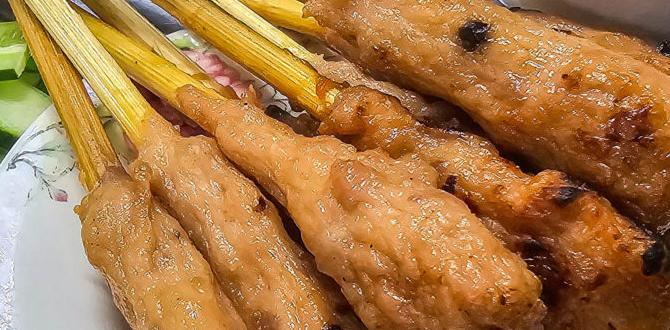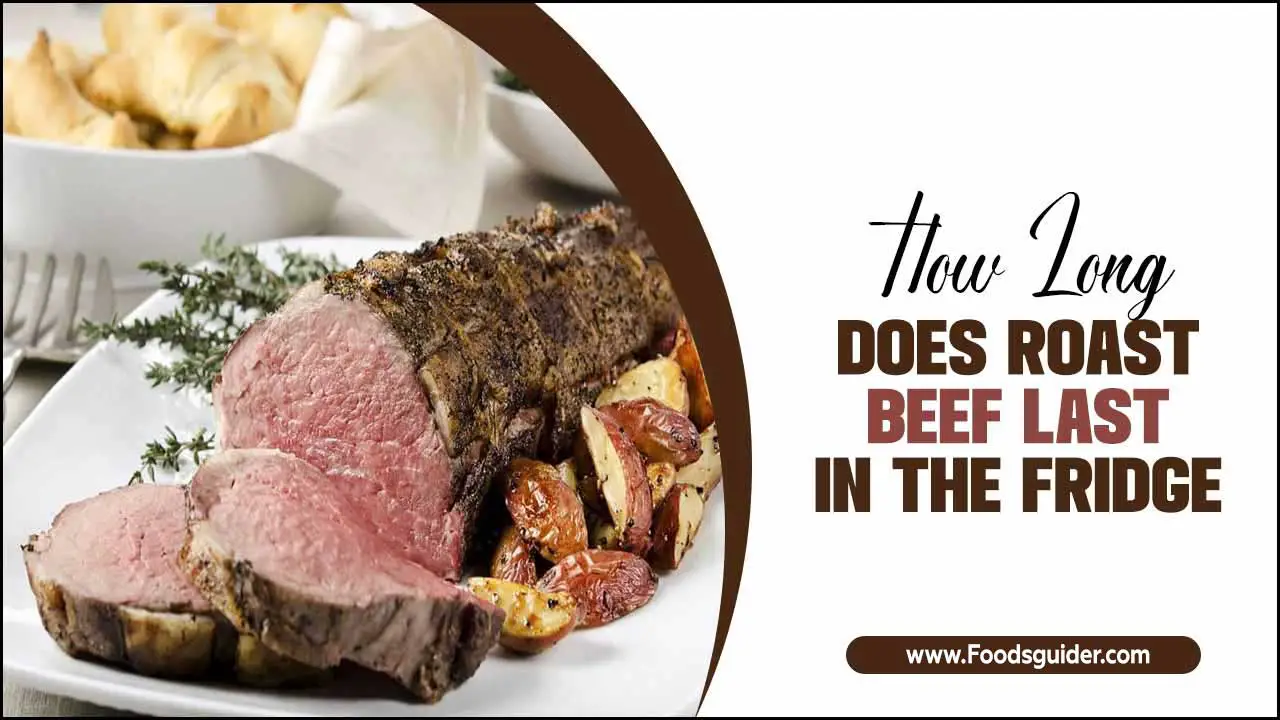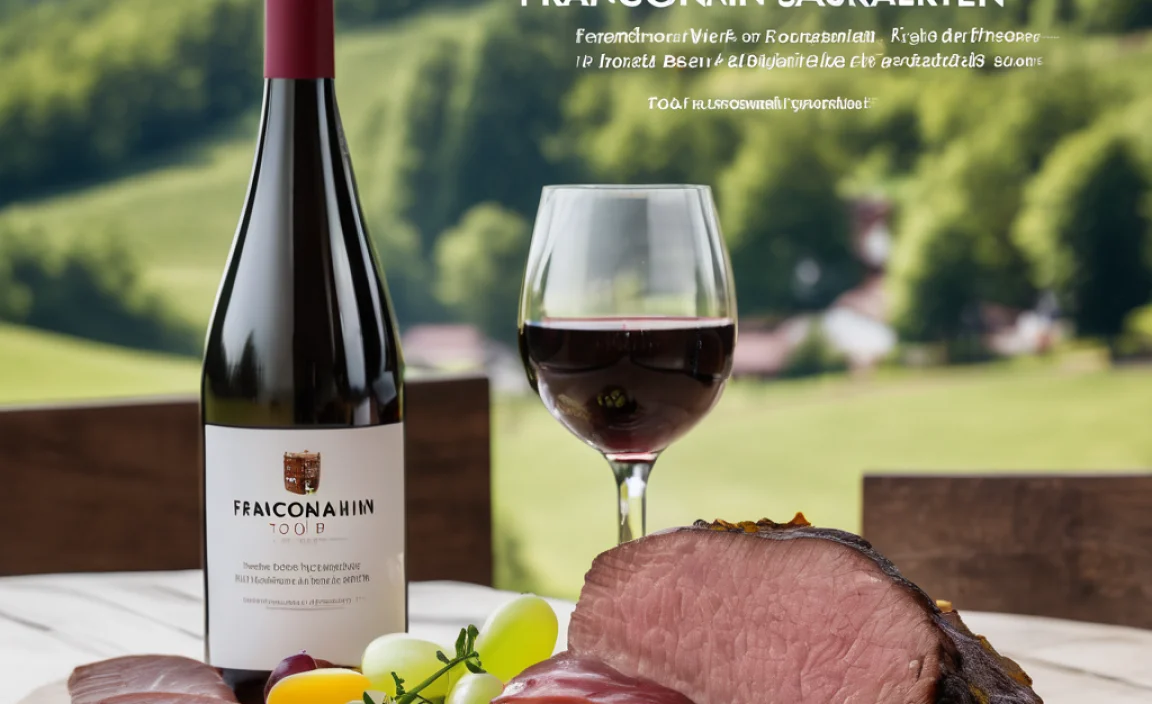Yakitori Alley Tokyo Guide: Essential Eats – Everything Beginners Need to Know! Discover delicious grilled skewers, navigate the lively atmosphere, and savor authentic Japanese flavors in Tokyo’s famous Yokocho. Get ready for a memorable culinary adventure!
Stepping into Tokyo’s Yokocho, or alleyways, is like entering a culinary wonderland. Especially famous is “Yakitori Alley,” a vibrant stretch packed with tiny eateries grilling up mouthwatering skewers. It can feel a little overwhelming at first, with smoke filling the air and friendly chatter all around. But don’t worry! This guide will walk you through everything you need to know to enjoy this amazing experience to the fullest. We’ll explore what makes Yakitori Alley so special and help you find the most delicious eats.
Navigating Yakitori Alley: More Than Just Food
Yakitori Alley, officially known as Omoide Yokocho (Memory Lane) or sometimes Piss Alley due to its historical past, is nestled right beside the bustling Shinjuku Station. This isn’t just a place to grab a quick bite; it’s an immersion into a bygone era of Tokyo. The narrow lanes are lined with tiny establishments, many seating only a handful of people. The air is thick with the enticing aroma of charcoal-grilled chicken and the lively hum of conversation. It’s an experience for all your senses!
Once a spot for after-work drinks and quick meals for laborers, Omoide Yokocho has transformed into a must-visit destination for tourists and locals alike. Despite its popularity, it has managed to retain its nostalgic charm. The small, cozy spaces encourage interaction, making it a uniquely social dining experience. Prepare to rub shoulders with fellow diners and experience the warm hospitality that Japanese izakayas (Japanese pubs) are famous for.
What is Yakitori? The Heart of the Alley
At its core, Yakitori simply means “grilled chicken” in Japanese. But in Yakitori Alley, it’s an art form. Yakitori refers to skewers of chicken, where different parts of the chicken are carefully prepared, seasoned, and then grilled over a charcoal fire. The beauty of yakitori lies in its simplicity and the variety of cuts used. Each skewer offers a unique texture and flavor profile.
The grilling process is crucial. Traditionally, binchotan charcoal is used, a high-quality, clean-burning charcoal that imparts a subtle smoky flavor without overwhelming the ingredients. The chefs, or “itamae,” skillfully turn the skewers, ensuring they are perfectly cooked – often with a slightly crispy exterior and tender, juicy interior.
Key Yakitori Components
- The Skewer (Kushi): Usually made of bamboo, these hold the ingredients together.
- The Meat: Primarily chicken, but variations exist.
- The Tare: A sweet and savory glaze, typically made from soy sauce, mirin, sake, and sugar, brushed onto skewers as they cook.
- The Shio: Salt, used to season skewers, allowing the natural flavor of the ingredient to shine.
Essential Yakitori Eats: What to Order
While chicken is king, Yakitori Alley offers a delightful array of skewers. Don’t be afraid to explore beyond the usual. Here are some of the absolute must-try items that define the Yakitori Alley experience:
Chicken Cuts: The Classics
- Momo (Thigh): This is arguably the most popular cut. Thigh meat is juicy and flavorful, making it a safe and delicious choice for beginners and experts alike. It’s usually grilled to perfection, tender and succulent.
- Negima (Thigh and Scallion): A classic combination where chunks of thigh meat are alternated with pieces of leek or scallion. The leek softens and sweetens during grilling, perfectly complementing the chicken.
- Tsukune (Meatball): These are savory chicken meatballs, often mixed with binders like egg and starch, and sometimes finely chopped vegetables. They have a unique, soft texture and are usually coated in tare sauce.
- Kawa (Skin): For the adventurous, chicken skin skewers are a crispy, fatty delight. They get wonderfully charred and crispy on the outside while remaining irresistible.
- Tebasaki (Wing): Chicken wings, often grilled whole or in sections. They offer a delightful combination of tender meat and crispy skin.
- Heart (Hatsu): A bit more adventurous, chicken hearts are surprisingly tender and have a rich, slightly metallic flavor that many people enjoy. They are often grilled with a bit of char.
- Liver (Reba): Often described as rich and creamy, chicken liver skewers are a delicacy for those who enjoy offal. They are usually cooked to be softly set, not dry.
- Gizzard (Sunagimo): These are chewy, slightly firm, and have a distinct, satisfying bite. They offer a great textural contrast to softer meats.
Beyond Chicken: Vegetable & Other Delights
Yakitori Alley isn’t just about chicken. Many stalls offer a variety of other delicious grilled items that are perfect for balancing out your meal or for those who prefer non-chicken options.
- Piman (Green Pepper): A whole green pepper, grilled until tender and slightly charred. It’s often served plain or with a sprinkle of salt, offering a refreshing, mildly bitter counterpoint to the rich meat.
- Tōmorokoshi (Corn): Sweet corn on the cob, grilled and often brushed with butter and soy sauce, providing a sweet and savory bite.
- Asupara (Asparagus): Wrapped in thin slices of pork belly and grilled, or simply grilled on its own.
- Shiitake Mushroom: Large, meaty shiitake mushrooms grilled to bring out their earthy, umami flavor.
- Enoki Mushroom: These delicate mushrooms are often wrapped in bacon and grilled, creating a delicious salty and savory skewer.
Understanding Japanese Grilling Sauces: Tare vs. Shio
When ordering yakitori, you’ll typically have a choice between two main seasonings: tare (タレ) and shio (塩). The choice can significantly alter the taste experience of your skewer.
- Tare (Sauce): This is a sweet and savory glaze, usually made from soy sauce, mirin (sweet rice wine), sake, and mirin. It’s repeatedly brushed onto the skewers during grilling, creating a beautifully caramelized, sticky coating. Tare is rich, complex, and adds an extra dimension of flavor. Many stalls have their secret tare recipes passed down through generations.
- Shio (Salt): This is the simpler, more direct seasoning. High-quality salt is used to enhance the natural flavor of the ingredient. If you want to truly taste the quality and specific flavor of a particular cut of chicken or vegetable, shio is the way to go. It allows the subtle nuances of the meat or vegetable to come through without any added glaze.
Pro Tip: Don’t hesitate to ask for a mix! Many people enjoy ordering some skewers with tare and others with shio to experience the full spectrum of flavors. For a first-timer, trying a cut like momo with both tare and shio is a great way to compare.
The Yakitori Alley Experience: Beyond the Skewers
Visiting Yakitori Alley is more than just eating; it’s about the atmosphere, the energy, and the social aspect. Here’s what makes it so memorable:
- Atmosphere: The narrow alleys are packed with tiny stalls, each with its own grill. Smoke wafts through the air, creating a unique, almost mystical ambiance. The sounds of sizzling skewers, cheerful greetings, and excited chatter fill the space.
- Cozy Seating: Most establishments are incredibly small, offering just a few seats at a counter or small tables. This creates an intimate dining experience where you’re close to the grill and can often watch the chefs at work.
- Drinks: Besides yakitori, these eateries serve drinks like beer, sake, and shochu, making them perfect for a casual dinner or a night out with friends.
- Order as You Go: It’s common to order a skewer or two at a time. You can leisurely enjoy your food and drinks, then order more as you please. This allows you to sample a variety of different items.
- Navigating Etiquette: While it’s a lively place, politeness is key. Japanese culture values respect, so be mindful of others in the tight spaces. If you’re unsure about ordering, pointing at what others are having or at the menu (if available) is perfectly acceptable.
A Sample Itinerary for Your Yakitori Alley Adventure
To make the most of your visit, here’s a suggested way to approach Yakitori Alley, especially if it’s your first time:
- Arrive Early (or Late): Omoide Yokocho gets very crowded, especially during peak dinner hours (around 7 PM – 9 PM). Arriving just as they open (often around 5 PM) or later in the evening (after 9 PM) can mean shorter waits.
- Choose Your Stall: Wander down the alley and observe. Some stalls might look more inviting than others, or have an English menu. Don’t be afraid to peek inside to see the atmosphere. If you see a stall with minimal empty seats, it’s usually a good sign!
- Start with a Classic: Begin with a safe bet like Momo (thigh) with tare and maybe a Negima (thigh and leek) with shio to compare.
- Sample Variety: Next, try something a bit different. Consider Tsukune (meatball) for its unique texture or Kawa (skin) if you’re feeling adventurous.
- Add Vegetables: Break up the richness with a Piman (green pepper) or grilled Shiitake mushroom.
- Pair with Drinks: Order a draft beer (nama biru) or a cup of sake to complement your skewers.
- Review and Refine: Pay attention to what you liked best. Did you prefer the tare or shio? Which cut was your favorite? Use this to guide your next round of orders.
- Don’t Over-Order: Remember you can always order more. It’s better to try a few different things and enjoy them fully than to order too much and feel rushed or overwhelmed.
A Quick Table of Must-Try Yakitori
To help you quickly decide, here’s a handy table of essential yakitori items.
| Japanese Name | English Translation | Key Characteristics | Recommended Seasoning (Tare/Shio) |
|---|---|---|---|
| Momo (もも) | Chicken Thigh | Juicy, flavorful, tender | Both (great for comparison) |
| Negima (ねぎま) | Thigh & Scallion | Alternating chicken and leek, sweet from leek | Both |
| Tsukune (つくね) | Chicken Meatball | Soft, often seasoned with herbs, binder | Tare |
| Kawa (かわ) | Chicken Skin | Crispy, fatty, savory when charred | Tare |
| Hatsu (ハツ) | Chicken Heart | Tender, rich, slightly metallic | Shio or Tare |
| Piman (ピーマン) | Green Pepper | Slightly bitter, tender, refreshing | Shio |
Yakitori Alley Etiquette & Tips for Beginners
Navigating Yakitori Alley can feel intimidating, but with a few pointers, you’ll be like a seasoned pro in no time. Here’s how to make your experience smooth and enjoyable:
- Patience is Key: These places are small and popular for a reason. There might be a wait, especially during peak hours. Embrace the wait; it’s part of the charm and builds anticipation!
- Smoking is Common: Be aware that smoking is permitted in many of these Yokocho establishments. If you are sensitive to smoke, consider this when choosing a stall or a time to visit.
- Ordering: If you don’t speak Japanese, don’t worry. Many places have English menus or picture menus. You can also point to what looks good or even point to what other customers are eating. A simple “Sumimasen” (Excuse me) to get the server’s attention is a good start.
- Eating Etiquette: Yakitori skewers are typically eaten directly from the skewer. Hold the skewer with one hand and eat the meat off it with your mouth. Some people might carefully remove the meat with chopsticks before eating, especially if they want to share or take smaller bites.
- Disposing of Skewers: There will usually be a designated bin or container for used skewers. Place them neatly inside, don’t leave them on the table or floor.
- Cash is Often Preferred: While more places are accepting cards, many smaller, older establishments in Yakitori Alley still prefer cash. It’s always a good idea to have some yen on hand. You can find ATMs at Japan Post Offices or at convenience stores like 7-Eleven.
- Don’t Be Afraid to Ask: The staff are usually friendly and happy to help. If you’re unsure about a dish or how to order, ask!
Beyond Yakitori Alley Shinjuku: Other Tokyo Yokocho to Explore
While Omoide Yokocho (Yakitori Alley) is the most famous for yakitori, Tokyo is full of incredible Yokocho that offer different culinary experiences. If you enjoy the atmosphere, you might want to explore these as well:
- Golden Gai (Shinjuku): Known more for its tiny, atmospheric bars, some serving food. It offers a different, perhaps more intimate, bar-hopping experience.
- Nonbei Yokocho (Shibuya, “Drunkard’s Alley”): Similar to Omoide Yokocho, with a dense collection of tiny bars and eateries, perfect for a retro feel and late-night bites.
- Ameya Yokocho (Ueno): A sprawling market street with a lively, open-air atmosphere. While not exclusively Yokocho, it has many small eateries and food stalls offering diverse street food.
- Ebisu Yokocho (Ebisu): A more modern interpretation of the Yokocho, this indoor space features a variety of food stalls with a vibrant, communal feel.
Frequently Asked Questions (FAQ) about Yakitori Alley Tokyo
What is the best time to visit Yakitori Alley?
Yakitori Alley, also known as Omoide Yokocho, is best visited in the early evening, typically from around 5 PM onwards, as most stalls open then. It’s busiest between 7 PM and 9 PM. Arriving earlier can mean fewer crowds, while a later visit (after 9 PM) might also offer a more relaxed experience.
Do I need to speak Japanese to eat at Yakitori Alley?
No, you don’t absolutely need to speak Japanese. Many stalls cater to tourists and offer English menus or picture menus. Pointing at items on the menu or what others are eating is a common and accepted way to order if there’s a language barrier.
How much does yakitori cost?
Prices vary, but a single yakitori skewer typically ranges from ¥200 to ¥600 (approximately $1.50 to $4.50 USD). You can have a satisfying meal with drinks for around ¥3,000 to ¥5,000 per person.
Can I order non-chicken items?
Yes! While chicken is the star, Yakitori Alley also offers skewers of vegetables like green peppers (piman), mushrooms, and corn, as well as other meats like pork belly. Many stalls also serve side dishes.
Is it safe to eat from these small stalls?
Absolutely. Japanese food safety standards are very high, and these established stalls have been operating for decades. The charcoal grilling also ensures food is cooked thoroughly.
What’s the difference between Tare and Shio yakitori?
Tare is a sweet and savory glaze made from soy sauce, mirin, and sake, brushed onto skewers during grilling. Shio is simply salt, used to highlight the natural flavor of the ingredient. Both offer delicious but distinct tastes.
Should I bring cash or can I use a credit card?
It’s highly recommended to bring cash. While some newer establishments might accept credit cards, many of the older, smaller stalls in Yakitori Alley are cash-only. Having yen on hand will make your experience smoother.







